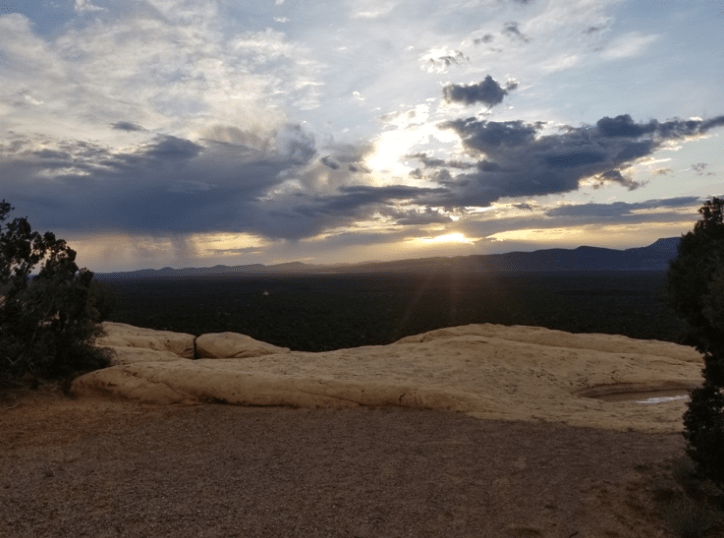By Julianna Falcomata
During the day, many visitors enjoy the unique formations and breathtaking views El Malpais has to offer. People might assume that this is strictly a day use park, which is somewhat true. However, there are many things to do at night here at El Malpais, including peering into the night sky. Due to its location and lack of surrounding lights, the stars are extremely visible within the park at night. The visitors center offers night sky programs for guests every week. These programs give guests the opportunity to learn about the historical and cultural significance of the night sky, and also the chance to use telescopes to get an up-close view of constellations and planets.
The night sky has always been present in human culture. People have used the stars and planets for thousands of years for religious purposes as well as a tool to guide at night. They also have used the sky to question our purpose and ponder the future. This curiosity led to the development of astrology and within the last 100 years or so, we have made great leaps and bounds in terms of discovery. By launching satellites and sending people to the moon, we have really grown.
As guests arrive, they are directed into the theatre and the ranger gives a short presentation on the significance of the night sky, and why is it important to everyone. He also shows video of Apollo 13 and the moon landing in honor of the 50thanniversary. Then outside two telescopes are set up to see the moon and other features of the night sky. While it was slightly cloudy, there was spaces to see the moon, various stars, and Jupiter. This event was particularly memorable in that audience participation was huge. Visitors were actively engaged and asking questions about astronomy and the park itself. This was one of my favorite events, and I am looking forward to interacting with visitors and participating in many more programs to come!



